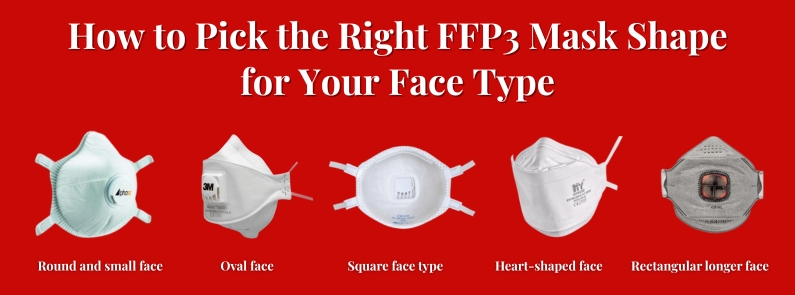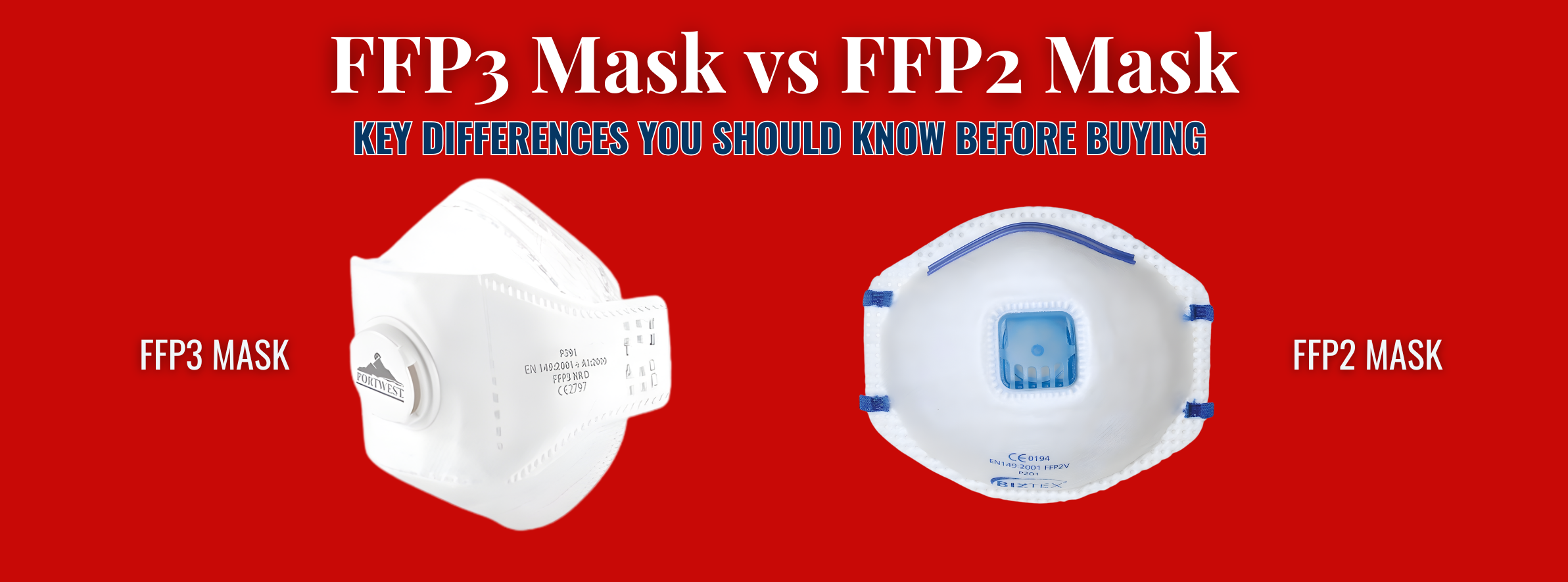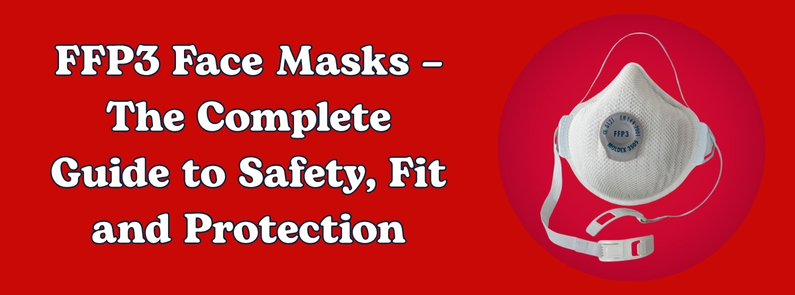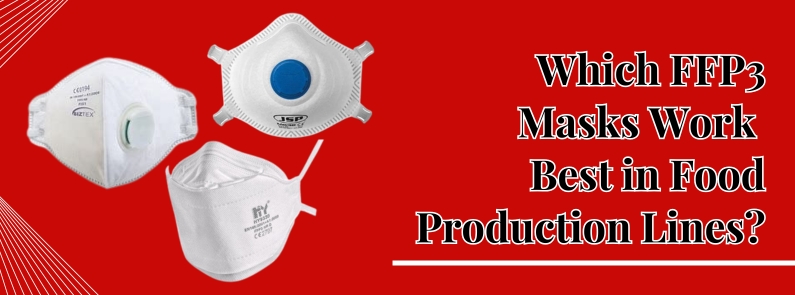
Infection control and prevention is a critical aspect of public health. It’s the first line of defense against the spread of diseases, particularly in healthcare settings. Respiratory protection is a fundamental component of this endeavor, significantly reducing the risk of exposure to airborne contaminants.
One company that stands at the forefront of this battle is 3M, a leading manufacturer of respirators. Respirators, including dust mask, constitute essential personal protective equipment (PPE) designed to shield wearers from airborne contaminants. 3M respirators are used in a variety of settings, including healthcare, construction, and manufacturing.
This blog aims to shed light on the indispensable role of 3M respirators in infection control and prevention.
Understanding Respirators
Let’s talk about respirators. Imagine a mask-like device that’s built to shield you from breathing in harmful things like tiny organisms in the air or other dangerous substances. It is designed to safeguard the wearer from inhaling hazardous airborne particles, including bacteria, viruses, and pollutants. They create a barrier between the respiratory system and the external environment, ensuring that the air one breathes is filtered and safe. That’s what a respirator does.
There are many kinds of respirators out there, but one of the most reliable brands is 3M. What makes 3M special is that they offer a variety of models. Each model is crafted with a particular use and setting in mind, ensuring that whether you’re in a dusty construction site or a lab full of chemicals, there’s a 3M mask that’s right for you. Among these, 3M respirators stand out for their exceptional quality, efficiency, and durability.
The Role of Respirators in Infection Control
In healthcare facilities, medical professionals routinely find themselves in close proximity to patients harboring infectious illnesses. Respirators become indispensable in such scenarios. Procedures like intubation, bronchoscopy, and other aerosol-generating activities pose a heightened risk of exposure to potentially contaminated droplets or aerosols. Utilizing respirators in these instances significantly diminishes the risk of inhaling airborne pathogens, ensuring the safety of healthcare workers and reducing the potential for cross-contamination within the healthcare environment.
In situations where infectious diseases spread through the air within the community, such as during outbreaks or pandemics, the general populace benefits immensely from the use of respirators. Individuals in crowded places, public transportation, or enclosed spaces may unknowingly encounter carriers of contagious respiratory illnesses. Wearing a respirator provides a layer of protection, reducing the likelihood of inhaling airborne pathogens and contributing to the collective efforts to halt the spread of infections.
In essence, respirators are a critical tool in infection control strategies. By effectively minimizing exposure to airborne contaminants, they play a vital role in promoting a safer and healthier environment for both healthcare professionals and the wider population. Proper utilization of respirators, particularly those of high quality such as 3M respirators, forms an integral part of comprehensive infection prevention and control measures, reinforcing the commitment to public health and safety.
The 3M Advantage
3M masks offer a host of unique features that set them apart. They are designed with advanced filtration systems, ensuring high filtration efficiency against a wide range of particles.
The adjustable nose clip and dual-strap design guarantee a secure and comfortable fit for a broad spectrum of face shapes and sizes. 3M respirators also boast proprietary technologies that enhance breathability, reducing heat and moisture buildup within the mask.
Professionals prefer 3M respirators due to their reliability, comfort, and consistent performance.
Case Studies
Real-world examples further underscore the effectiveness of 3M respirators in infection control. During the recent global health crisis, healthcare workers on the frontlines relied heavily on 3M respirators to protect themselves against the novel coronavirus.
The robust filtration capacity and user-friendly design of 3M respirators were instrumental in preventing the spread of the virus within healthcare facilities, highlighting their critical role in infection control strategies.
Conclusion
Infection control and prevention are vital priorities for maintaining public health and safety. Respiratory protection plays a central role in this effort, and 3M respirators have emerged as trusted allies in safeguarding individuals from airborne contaminants.
Through their advanced features, user-friendly design, and proven efficacy, 3M respirators have become the preferred choice for professionals across various sectors. By prioritizing the use of 3M respirators, we enhance infection control measures and move closer to a healthier and safer community and world.




